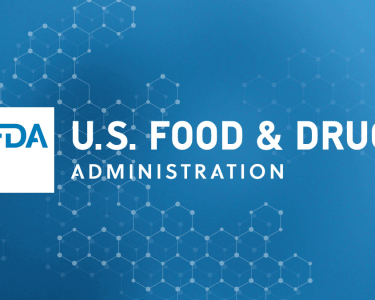IN THE face of backlash from some sunscreen companies, Choice has released further details of the testing process used to assess the SPF claims of the 20 sunscreens included in its review (PD 12 Jun).
“Choice stands by its rigorous, independent sunscreen testing, conducted under the guidance of industry experts in specialised, accredited laboratories,” Choice CEO Ashley de Silva said.
“All 16 sunscreens that didn’t meet their claims were tested to a 10-person panel, in accordance with the Australian/New Zealand Sunscreen Standard.
“As Australia’s leading consumer advocacy organisation, Choice has been testing products for decades, and we take our commitment to independence and scientific rigour extremely seriously.”
The sunscreens underwent blind testing to minimise bias, and were decanted into amber glass jars, sealed, labelled and transported in accordance with strict instructions provided by Eurofins Dermatest, the accredited and specialised laboratory Choice used for testing.
Amber glass jars were used in order to limit any degradation of the sunscreen ingredients and ensure the validity of the results, as they block UV light more than clear glass jars, and glass is less reactive than plastic.
“We believe the discrepancy between our test results and those provided by manufacturers warrants further investigation by the TGA,” de Silva said.
“We are calling for a compliance review, including independent testing of the mean SPF for, at least, the sunscreens that did not meet their label claims in our commissioned tests,” he concluded.
The internationally endorsed test method used for assessing SPF does involve an element of subjectivity, and some variation between different test labs is not uncommon – even when using the same method.
Apart from inconsistency issues, there are also major ethical issues in exposing test volunteers to UV radiation to determine SPF.
This is widely acknowledged by testing standards organisations, and steps have been taken over many years to try to develop a better test method.
To this end, the International Organisation for Standardisation has just published two new alternative test methods for global adoption: one is fully in vitro, and the other has in vitro and non-invasive in vivo components.
Described by experts as “a paradigm shift in sunscreen testing”, the new test methods are expected to start rolling out soon, hopefully ushering in a new era of ethical testing and consistency of results. KB
The post Choice stands by SPF tests appeared first on Pharmacy Daily.

